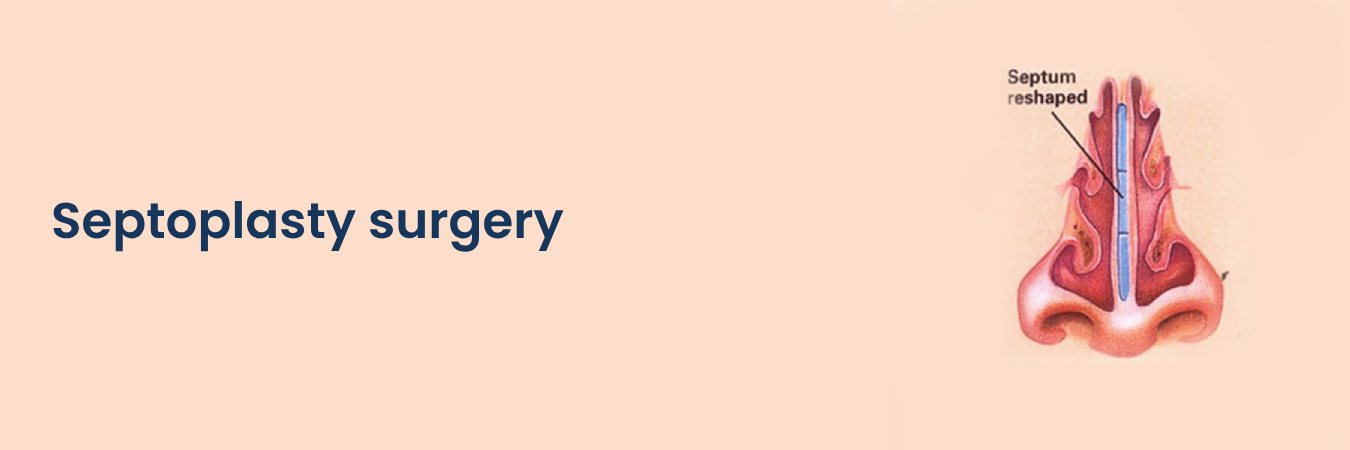Benefits of Septoplasty:
- Improves airflow
- Enhances sleep quality
- Reduces snoring
- Improves breathing
- Alleviates nasal congestion
Advantages of Advanced Septoplasty Treatment:
- Minimally invasive procedure
- Painless process
- Outpatient procedure
- Swift recovery
- Reduced risk
- Minimal blood loss
Septoplasty Treatment - Diagnosis and Procedure:
Diagnostic Steps for Deviated Septum Surgery:
Diagnosing a deviated septum is a straightforward process. Using a bright light and a speculum to widen the nostrils, the doctor assesses the shape and size of the nostrils. Alongside the physical examination, imaging tests like X-rays are conducted to visualize the internal structures of the nose. Additionally, an endoscopy, which involves a long tube-shaped scope with a bright light at the tip, is used to examine the rear of the nose.
Based on the results of this comprehensive physical examination, the doctor can accurately diagnose a deviated septum and determine its severity. While diagnosis can be performed by any doctor, treatment is exclusively administered by an ENT specialist.
Treatment for Nasal Septum Deviation:
Initial treatment for a deviated septum focuses on symptom management to provide short-term relief. This includes the use of decongestants, antihistamines, and nasal steroid sprays to maintain open airways and facilitate easier breathing. While medications can alleviate symptoms, they cannot correct a deviated septum. Surgery becomes essential to prevent the recurrence of nasal infections once symptoms are under control.
Typically, the most effective treatment for a deviated septum is septoplasty. During a septoplasty, the nasal septum is straightened and repositioned to the center of the nose. The surgeon removes and adjusts segments of the nasal septum before repositioning them correctly. The duration of a septoplasty procedure can range from 30 to 90 minutes, depending on the extent of correction required.
Post-surgery, the nose is immobilized using splints and soft tissue packs to prevent future nosebleeds and the formation of scar tissue. Splints are typically removed 1-2 weeks after the surgery, while tissue packing is removed within 2-3 days. Splints aid in the healing process by maintaining the new position of the nose. For enhanced aesthetic results, the procedure can be combined with rhinoplasty.
Pilot Heal offers the opportunity to undergo deviated septum surgery performed by proficient ENT specialists. Easily book a complimentary consultation with the top ENT doctors in Delhi through Pilot Heal.

